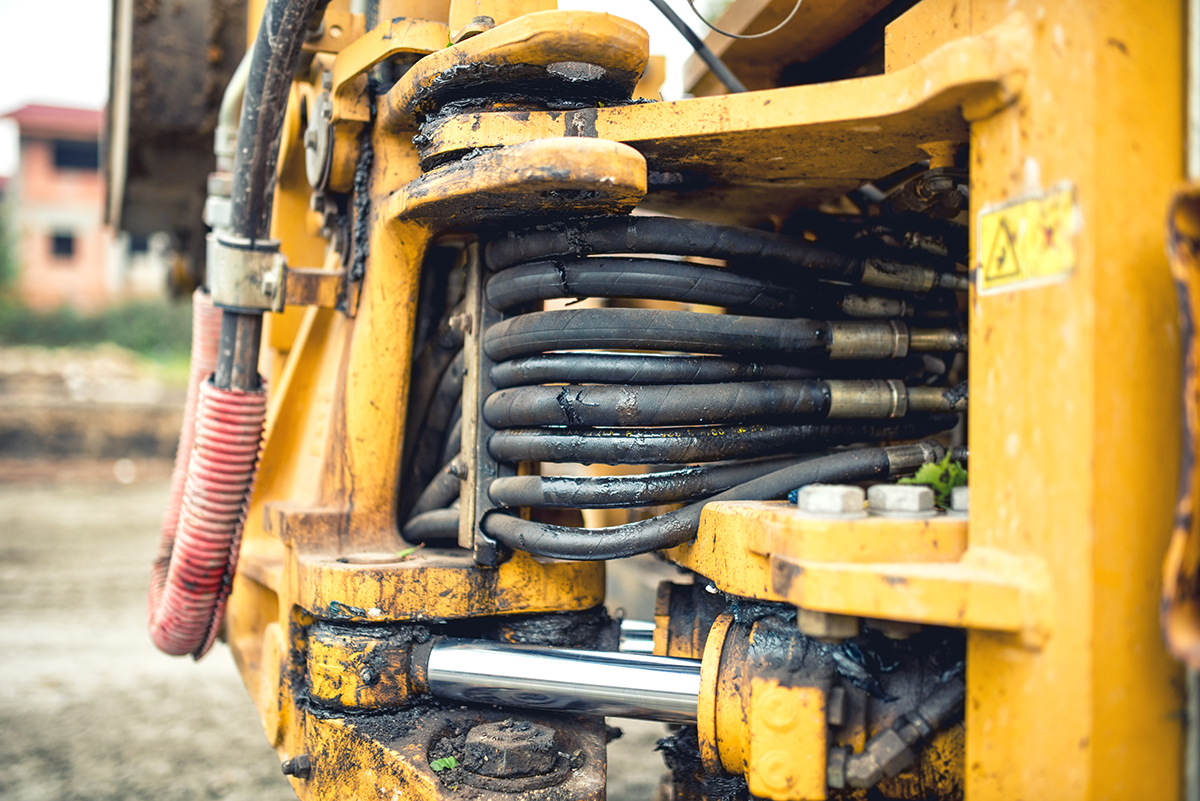
05 Jan What You Need to Know When Changing Your Hydraulic Oil
Changing your hydraulic oil may sound simple, but the process is definitely not. You will be needing to take precautions in order not to fail the procedure. You may have several questions in your head to make sure that changing your hydraulic oil will not affect your equipment’s performance. There may even be some issues that you might be thinking or are afraid to happen that could cause damage to your equipment.
In this article, we’ll be giving your a brief guide when it comes to changing your hydraulic oil. The do’s and don’t and what you need to know.
Changing Your Hydraulic Oil
People are saying that changing your hydraulic oil could lead to problems. This includes not completely draining the existing oil that was first placed in the equipment, and the mixture of the original oil that was first placed there versus the new one. There are other makers that experience the same problem as well especially when running trials to compare hydraulic oils.
There are simple tests that are needed to be done when needed in order to determine the compatibility of the existing and the new hydraulic oil. If ever these tests are failed to be done, it could be a costly mistake of just giving your hydraulic oil a sudden change.
Changing Your Hydraulic Oil is a Mistake
Without proper guide or consulting a specialist, degradation of the base oil or depletion of the additive package are only two conditions that mandates a hydraulic oil change. There may variables that can determine the rate at which oil degrades and additives get used up. Changing hydraulic oil without reference to the current condition to the oil is just like guessing if it works out at the end. The only way to know when your oil needs to be changed is through oil analysis.
If you are interested on how you or a specialist will do when changing your hydraulic oil, here are the steps.
How to Change Your Hydraulic Oil
When deciding to change your hydraulic oi, you need to know that you even if you have attempted to drain all of it, it will not all leave your system or equipment. Therefore you have to ensure that your previous oil is going to be compatible with the new one.
Here is the process to ensure that it is changed under controlled conditions:
- Drain the hydraulic fluid from its tank
- Refill the tank with the new oil
- Turn the machine on for 10-15 minutes
- Turn of the machine
- Drain the hydraulic oil from the tank
- Refill it again with the new oil
- Get the machine to work once again for 10-15 minutes
- Turn the machine off
This process is usually done up to 4 times to eventually remove the previous oil in order to eventually have at least 95% or more of the new oil in the tank.
Remember that compatible hydraulic oils are the key to the performance and reliability of your system.
It is recommended to have a specialist to assist or help you when changing your engine’s hydraulic oil. If you are looking for a hydraulic oil provider in the Philippines? Contact us today and we will be glad to help you with you hydraulic oil needs!
